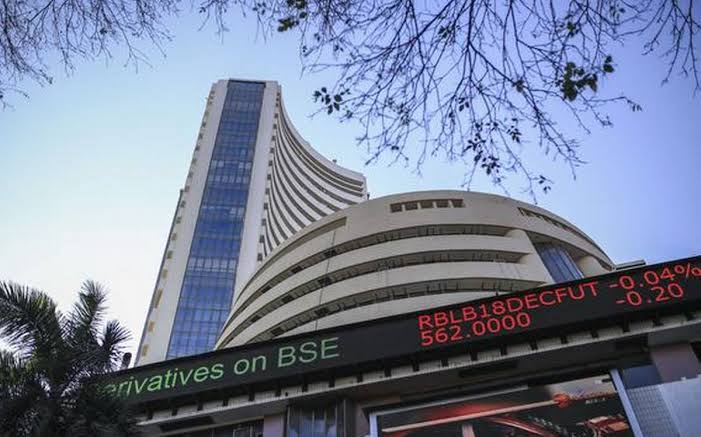New Delhi: The BSE Sensex captures the story of the correlation between liberalisation and wealth creation in the economy over the last 30 years.
The Economic Survey noted that there has been unprecedented wealth creation in the economy since 1991, when liberalisation in the economy was introduced.
The exponential rise in India’s GDP and GDP per capita post liberalisation coincides with wealth generation in the stock market.
Sensex has not only grown after 1991, but has grown at an accelerating pace. Whereas crossing the first incremental 5,000 points took over 13 years from its inception in 1986, the time taken to achieve each incremental milestone has substantially reduced over the years.
For instance, the Sensex reached the 5,000 mark for the first time in 1999 from its base of 100 points in 1978. It was less than 1,000 points in early 1991 when India moved to a market economy from a command economy.
Since then, the market capitalisation based index has seen unprecedented growth. This unprecedented growth after 1999 can be divided into three phases. Phase I from 1999 to 2007 saw acceleration in the growth of the Sensex, with each successive 5000-point mark taking lesser and lesser time to achieve.
Phase II from 2007 to 2014 saw a slowdown in the index’s growth. Phase III began in 2014 and saw a revival in response to structural reforms. Strikingly, in this phase, the Sensex jumped from the 30,000 mark to the 40,000 mark in just two years. As the CAGR numbers show, the acceleration in the Sensex was not due to the base effect. In fact, higher acceleration stemmed from higher CAGR.
The Economic Survey pointed out that viewed from the lens of the stock market, creative destruction increased significantly post-liberalisation. Before liberalisation, a Sensex firm expected to stay in it for 60 years, which decreased to only 12 years after liberalisation.
Every five years, one-third of Sensex firms are churned out, reflecting the continuous influx of new firms, products and technologies into the economy.
The Survey noted that despite impressive progress in enabling competitive markets, pro-crony policies destroyed the value in the economy. An equity index of connected firms significantly outperformed the market by 7 per cent a year from 2007 to 2010, reflecting abnormal profits extracted at common citizens’ expense.
In contrast, the index has underperformed the market by 7.5 per cent from 2011, reflecting inefficiency and value destruction inherent in such firms.
Pro-crony policies such as discretionary allocation of natural resources till 2011 led to rent-seeking by beneficiaries while competitive allocation of the same post 2014 ended such rent extraction.
Similarly, crony lending that led to wilful default, wherein promoters collectively siphoned off wealth from banks, led to losses that dwarf subsidies for rural development.




